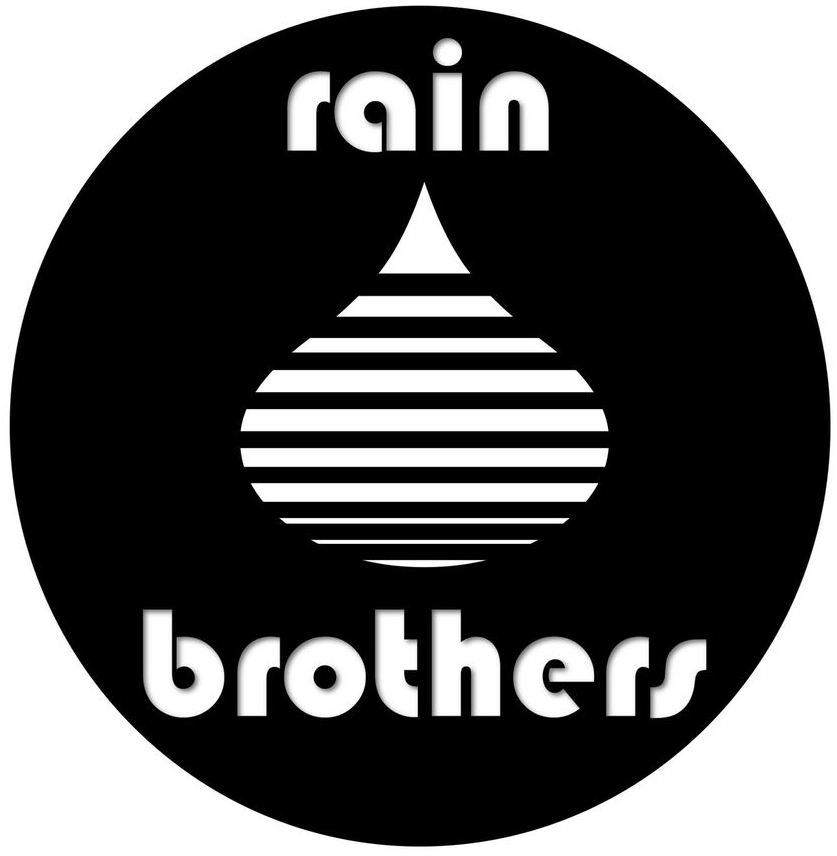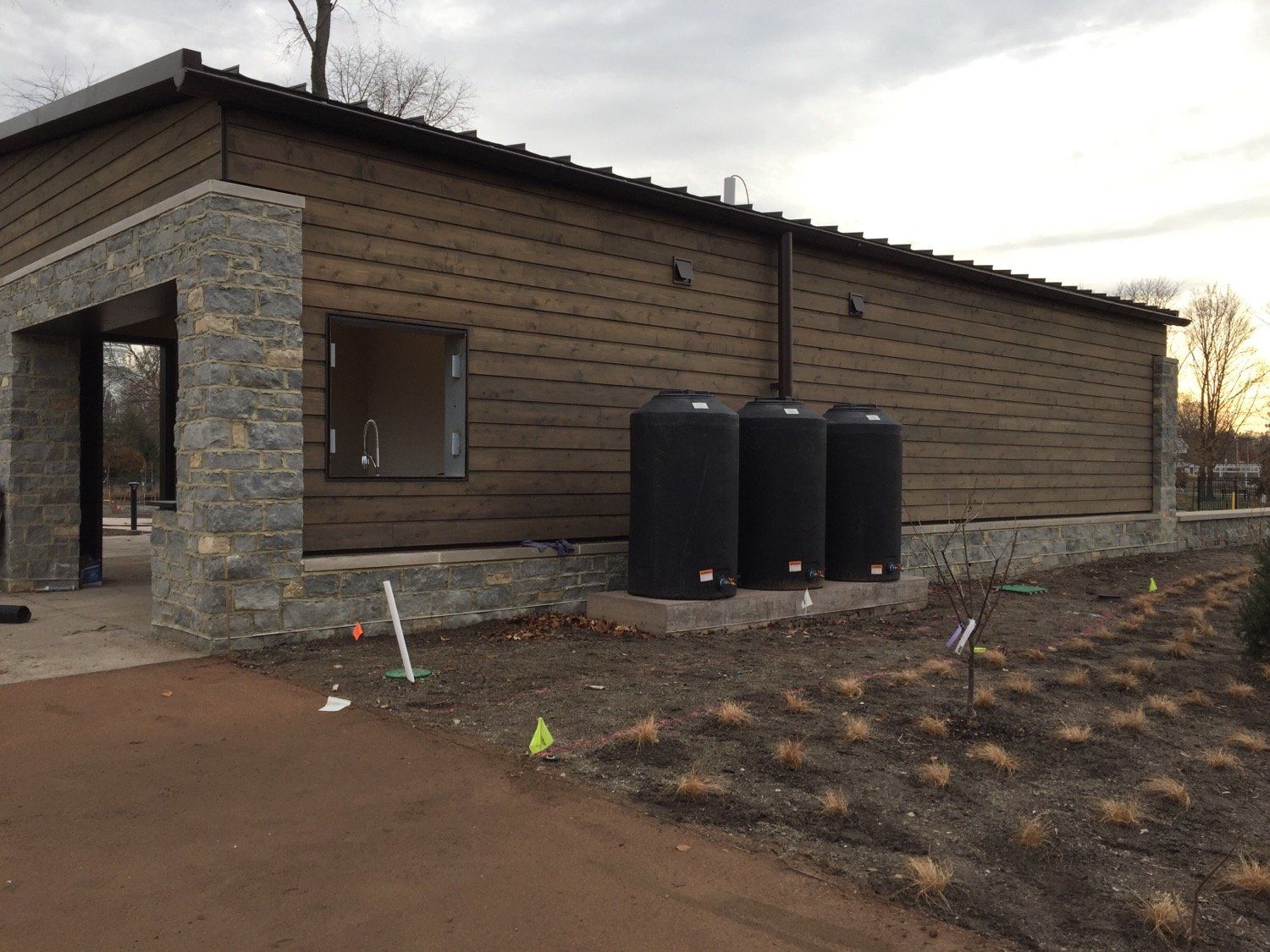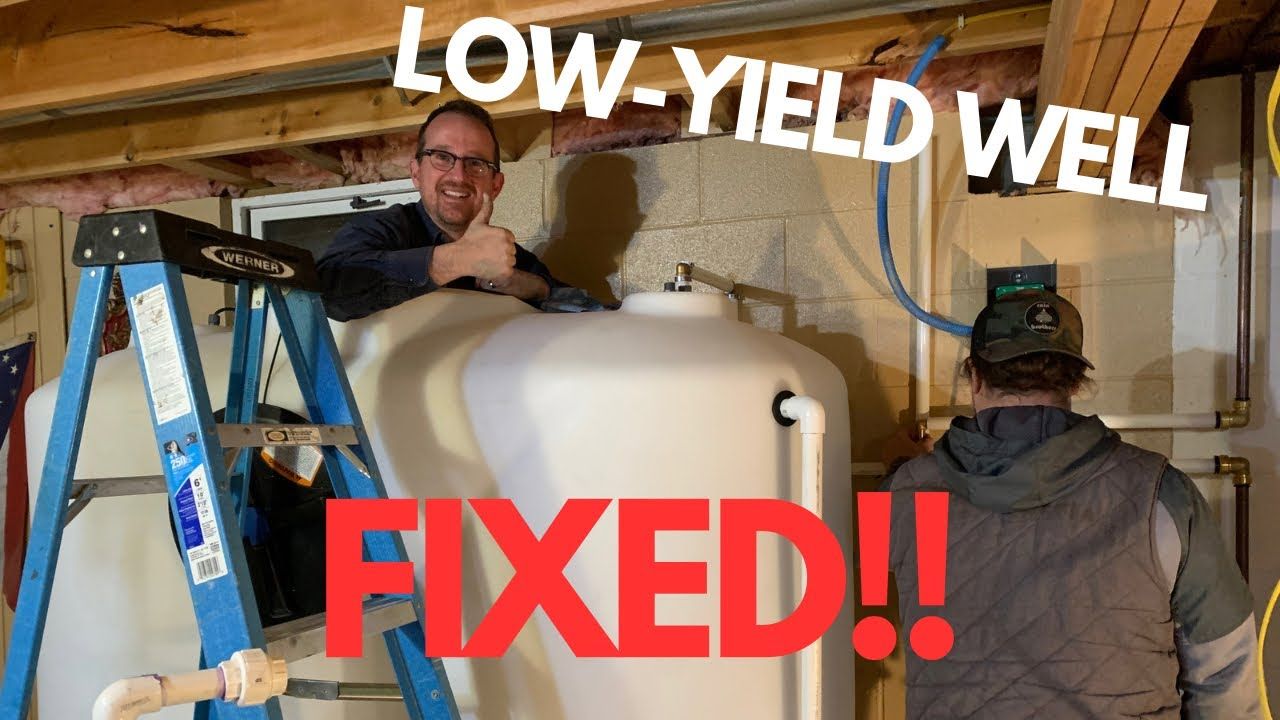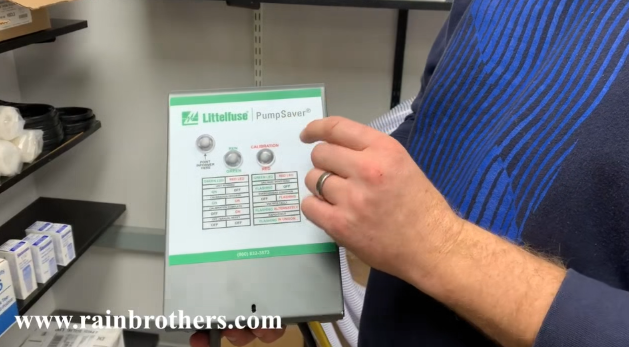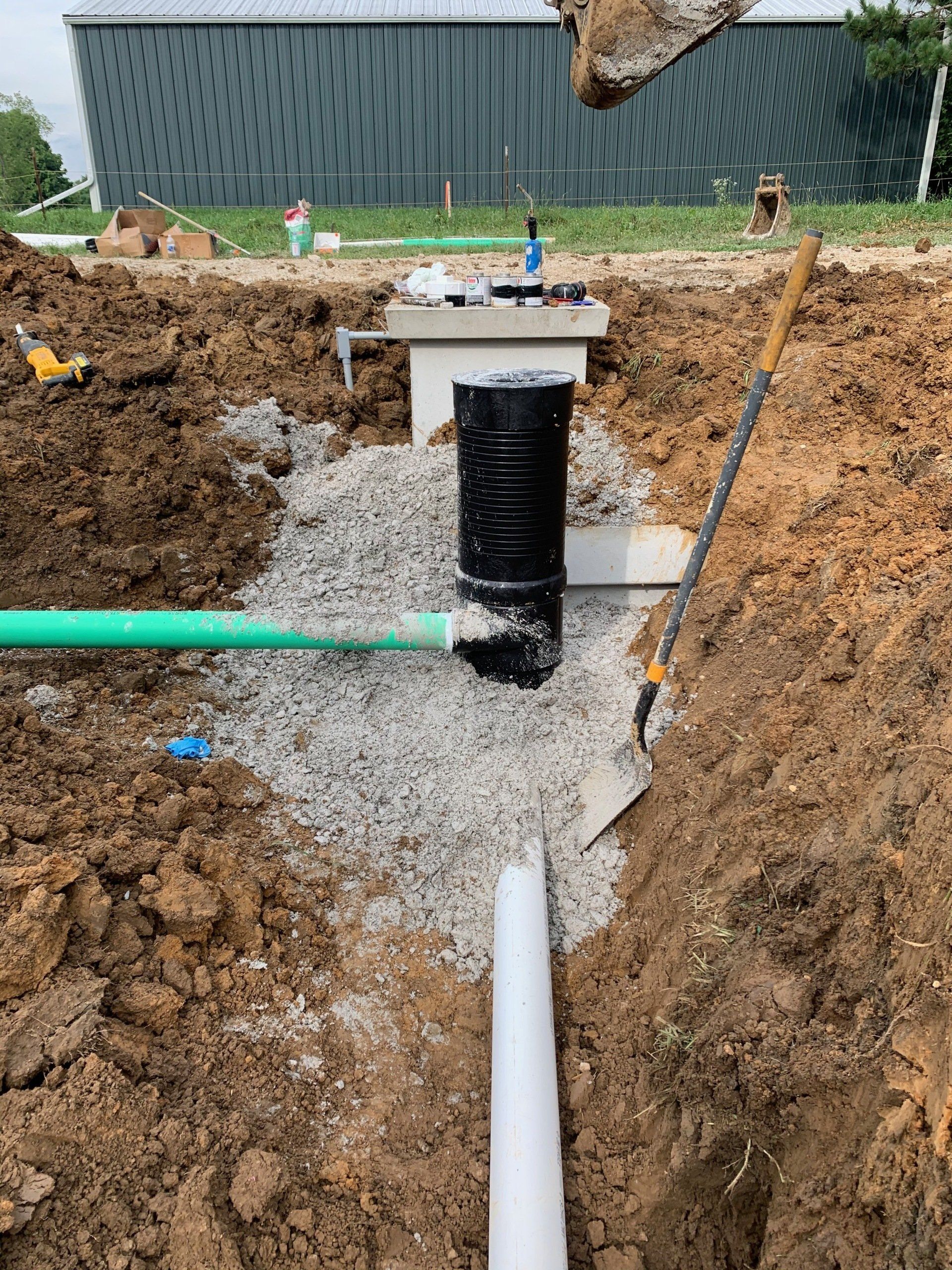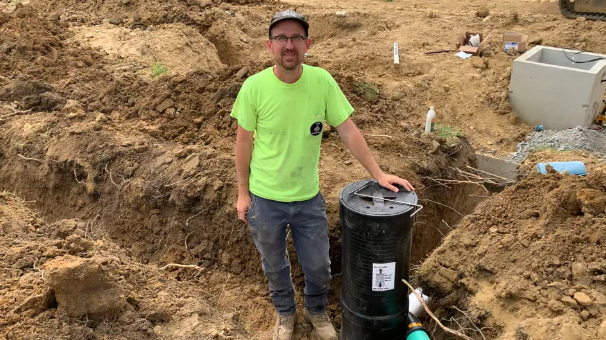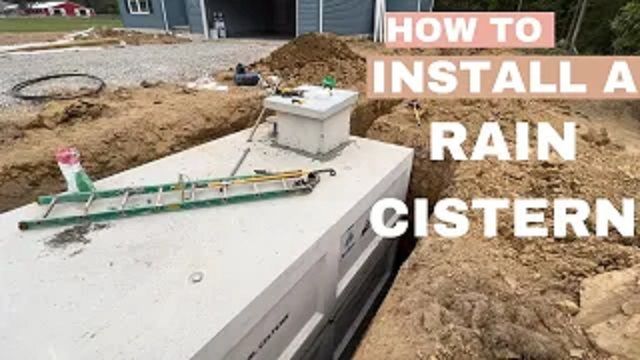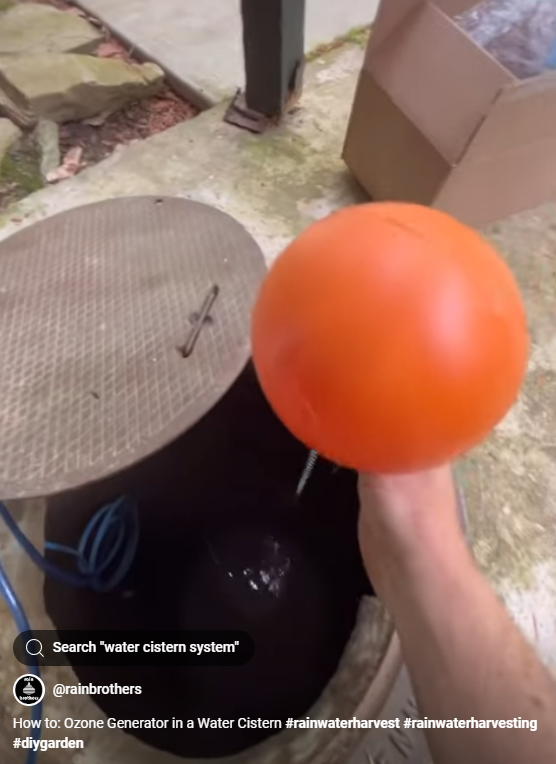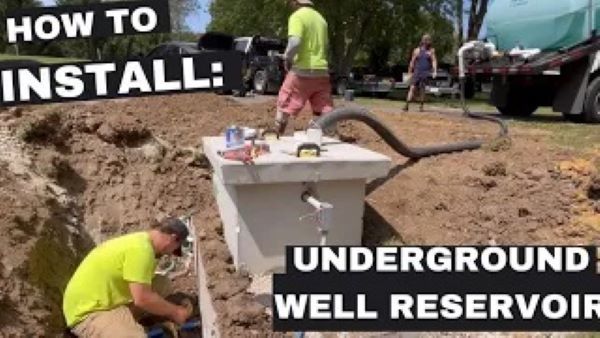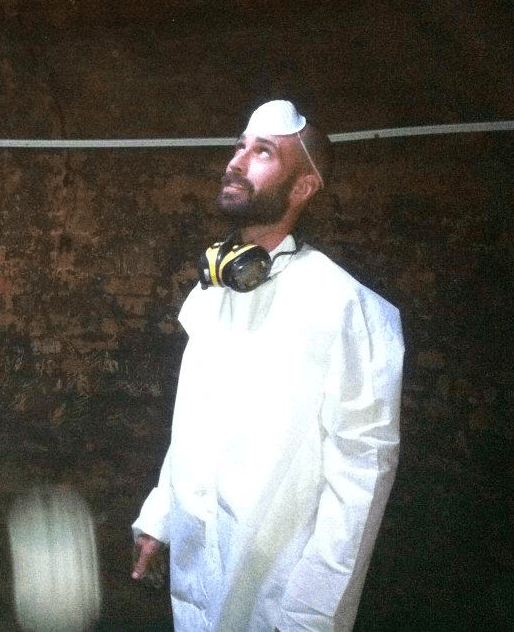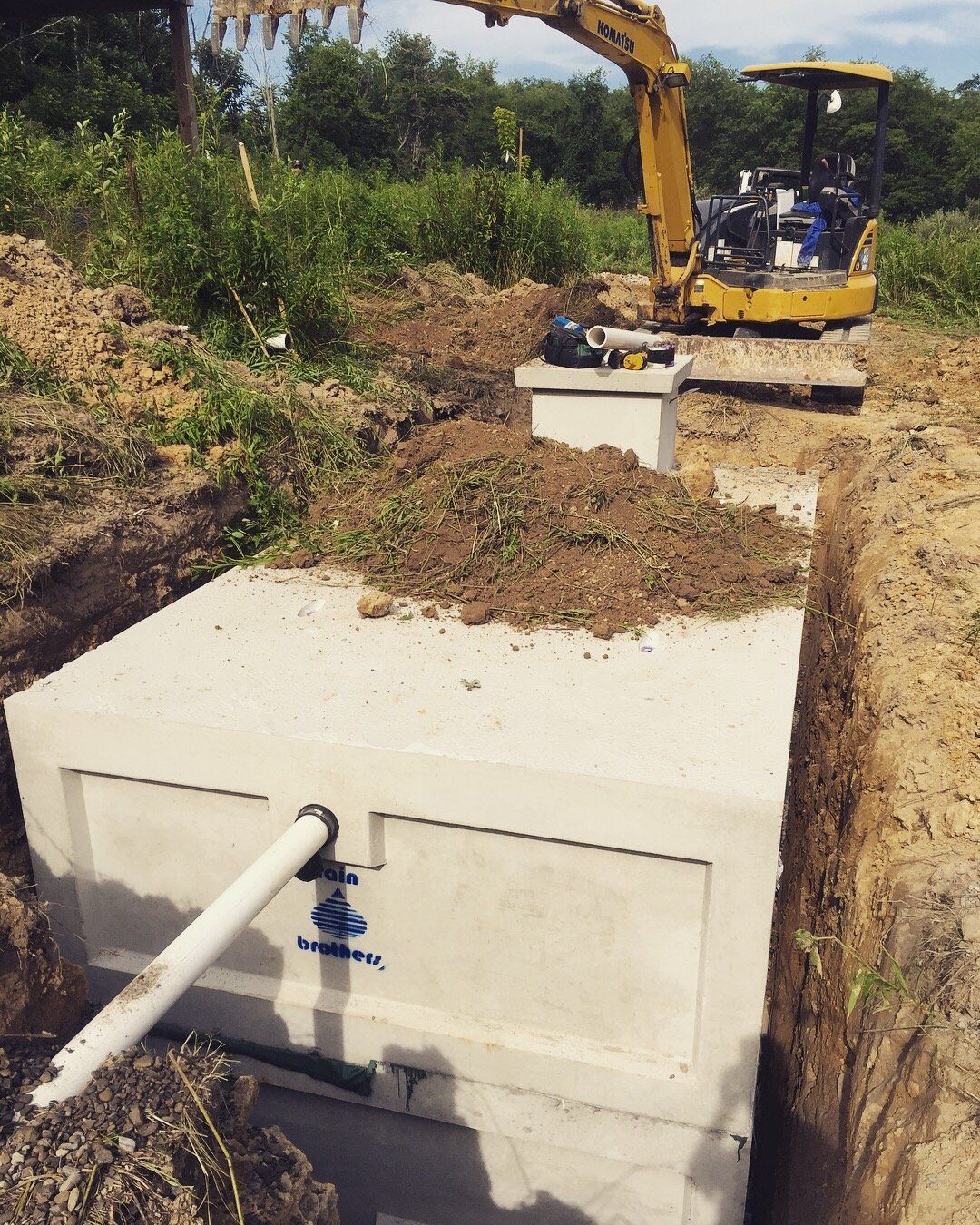How To Use Submersible Pumps for Drip Irrigation
One of the most common questions we receive is: “Can I use a submersible pump for drip irrigation systems?”
The answer can be a bit complicated because there are different types of drip irrigation setups. To address this question properly, it’s essential to first identify which kind of drip irrigation system is being used.
1. Drip Tape
Drip tape is a low-cost, often disposable, flat plastic tape designed to operate at a maximum of 10 PSI. Most systems with drip tape require a 10 PSI pressure regulator to prevent over-pressurization that could damage the system. Since 10 PSI is very low pressure, many submersible pumps, including some designed for cisterns, exceed this threshold and create challenges.
A submersible pump for drip irrigation must be carefully matched with the system’s performance curve, which illustrates the relationship between flow (in gallons per minute or GPM) and pressure (in pounds per square inch or PSI). For example, the Grundfos SBA 3-45-AW pump operates at 52 PSI when providing a flow of 5 GPM, but drops to 38 PSI at 10 GPM. At the required 10 PSI for drip tape, this pump would produce 23 GPM, much higher than needed for most systems using drip tape.
So, can a submersible pump be used for drip tape?
Yes and no.
Without enough flow, a submersible pump like the Grundfos SBA will rapidly build pressure and shut off, leading to short cycling and potentially burning out the pump. The solution is to modify the system by installing a “T” fitting between the valve and the pressure regulator. Adding a return line back to your water tank helps manage the excess pressure and flow, reducing the frequency of pump cycling. This also keeps your water circulating, preventing algae buildup.
2. Drip Emitters
Drip emitters are another common type of drip irrigation that also operates at low pressure, but they significantly reduce flow compared to drip tape. Most pumps are not ideal for systems with drip emitters unless you’re using a large number of them simultaneously. Instead, gravity-fed systems with zero-pressure emitters, such as Flag Emitters, work best. The pressure created from an above-ground water tank is typically enough to sustain this type of drip system.
3. Drip Tubing
Drip tubing is different from both drip tape and emitters in that it can operate under higher pressures, typically between 50 and 60 PSI. It’s more robust, and submersible pumps can easily power drip tubing systems, provided they’re matched to the pump’s performance curve.
To properly size your system, check the specifications of the drip tubing, such as the spacing of emitters and the flow rate per emitter. For example, if you are using tubing with emitters spaced every 12 inches, with a flow rate of 0.5 gallons per hour (GPH), you’d need about 960 feet of tubing to reach a flow of 8 GPM to match the performance of a submersible pump like the Grundfos SBA at 50 PSI.
If you’re working with a smaller system, install a return line to send excess water back to your tank. This prevents over-pressurization and extends the life of your submersible pump.
By following these guidelines, you can successfully use a submersible pump for drip irrigation while avoiding common mistakes like short cycling, system blowouts, and pump damage.
To set up a Drip Irrigation System like the one in the video above you'll need:
Springer Series 1/2HP TRADITIONAL Cistern Pump
https://www.rainbrothers.com/store/Springer-Series-1-2HP-TRADITIONAL-Cistern-Pump-p461750607
No-Lead Pressure Relief Valve 100 PSI
https://www.rainbrothers.com/store/No-Lead-Pressure-Relief-Valve-100-PSI-p502654562
And you'll need to find a 1" Quarter Turn Valve & a Water Key at a big box store near you. We do not carry those in our inventory.
